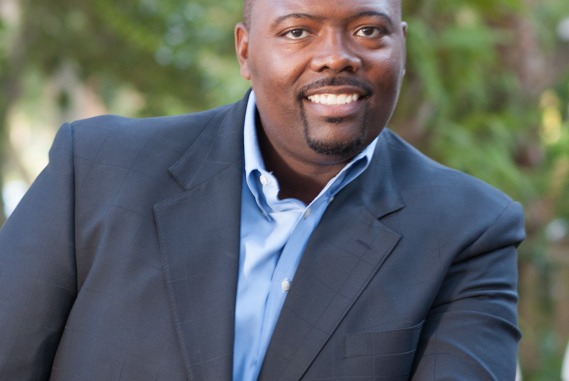Anyone who has recently purchased a home can attest that prices are now skyrocketing. Homes that would sale for $150,000 three years ago in North Jacksonville are now selling for $225,000 to $250,000. That’s great if you purchased your home before, during or right after the last great recession because your property values have increased drastically, but bad for new homeowners.
Cities like Jacksonville, Orlando, Tampa and anywhere in South Florida are dealing with a crisis that most people are not talking about – the lack of quality affordable housing. Whether we are talking about rental properties or purchasing a home, it is much more expensive to live in most large cities.
In fact, a recent report from the National Low Income Housing Coalition shows Central Florida has the most severe affordable housing crisis in the country, even worse than those in San Francisco, Los Angeles and Las Vegas.
And think about why that makes sense. Because of the vast amount of tourism and growth, property values in the Orlando area have skyrocketed. And because most of the jobs are service industry related, the pay isn’t comparable to the cost of housing. America’s favorite family vacation spot is now the worst place in the country for residents to find affordable housing.
Martin Luther King, Jr., once said, “We cannot be satisfied as long as the Negro’s basic mobility is from a smaller ghetto to a larger one.” That has been the case for many low-income families, especially for African Americans.
Today in America blacks have more opportunities for upward financial mobility than ever before, but finding quality housing continues to be a challenge.
A new property market analyst from Reuters shows that “U.S. house prices will rise at double the pace of inflation and wages this year as the supply of single-family homes falls short of rising demand, making housing less affordable.”
This is not good news for many individuals and families looking for better housing opportunities. In fact, many poor families are caught in cycle of moving from one depressed neighborhood to another. Some are even caught moving from one mobile home park to another, which presents a different set of problems because those types of “neighborhoods” are slowing dying off.
For Blacks in America today, the struggle is certainly not the same as it once was. It is no longer about not having access to certain neighborhoods or dealing with the open discrimination policies that many banks once used. Today, the struggle is often affordability, lack of inventory and lack of strong credit.
The American Dream is to own a nice house in a good neighborhood, but that dream often is not easy to accomplish. In the past, housing discrimination, restrictive covenants and a handful of other methods have kept Blacks out of the suburbs and kept blacks in the inner city.
Now, with the renewed interest in inner-city communities and areas around the downtowns in nearly every major city in the country, upper income families and young professionals have rediscovered many communities that were once forgotten by whites.
From Harlem, New York to Philadelphia and even places like Tampa, Florida, neighborhoods that were once considered “the ghetto” over the past ten plus years have become more attractive to developers and “urban pioneers.”
This reinvestment or resurgence of interest is a good thing, but it may come at a price. As new and rehabbed developments come into some of these areas, it drives property values up, which can have a negative impact on poor residents who cannot afford to pay their property taxes. Certainly after the economy collapsed a few years back, real estate values took a nose dive, but values are aggressively rising back up in most communities.

This urban renewal process or trend spawned the term “gentrification.” The dictionary simplifies the term by explaining it as, “The buying and renovation of houses and stores in deteriorated urban neighborhoods by upper or middle-income families or individuals, thus improving property values but often displacing low-income families and small businesses.”
But even with this resurgence of urban infill housing and development, blacks in this city and many others still lag far behind when it comes to new home sales.
Last year, The Free Press reported that black home ownership has hit a historic 18 year low according to the Bloomberg Urban Report. That is an issue that we all must be concerned out.
The reports states that for blacks in the U.S., some 18 years of economic progress has vanished. If you are wondering what happened it is pretty simple.
What’s that old saying. “When white America catches a cold, black America catches pneumonia.” The housing crash hit minorities the hardest. And while most individuals and families have rebounded – African Americans are still not purchasing homes at the rates we once were.
Going back to Orlando as an example, the city has nearly 1,000 new people moving to it every week. To provide perspective, an affordable apartment complex with about 200 units was recently built in Orlando, and the management received more than 10,000 applications for it. That’s insane.
While the problem is vast, the solutions are few. Some cities and developers are considering “tiny homes” or warehouse reuse as possible solutions, but there is no real answer to the problem. In the meantime, families and low-income individuals are struggling to survive.
Signing off from my inner-city neighborhood, Brentwood,
Reggie Fullwood





